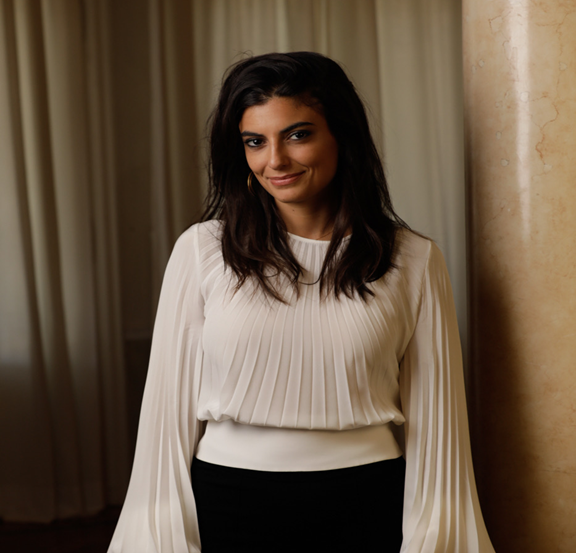Bait Al Banat: House of Honour for Emirati Women

In a country ruled by patriarchy, a little museum in the Old Gold Souk in Dubai has come to showcase the lives of powerful women in the UAE even before it became a federation 48 years ago.
Growing up in the heart of Dubai which is also known as Old Gold Souk, founder of the museum, Professor Rafia Obaid Ghubash, realised that the identity of her old community was beginning to wash away and people were leaving because of commercialisation. She realized that there was life in it but there was no “culture or identity” left. Ghubash soon made a promise to herself that she was going to bring back her cultural heritage to her community. With her mother being her biggest inspiration, she decided to revive her cultural background by honouring women.
In 2012, she transformed Bait Al Banat which means ‘The Girls’ House’, a residential building where three Emirati sisters lived in the 1950’s, into a museum to honour the lives of emirati women and how they have impacted in the country’s growth and development politically, socially and economically. The museum contains different pictures taken more than fifty years back that represent what the average emirati woman looked like back then and also some displays of powerful women in the country during the 20thcentury. It houses artefacts such as clothes, jewellery, hand-written notes and legal documents owned by the women and also showcases some of Sheikha Hind Maktoum Bin Juma Al Maktoum’s (senior wife and consort of Sheikh Mohammed Bin Rashid Al Maktoum) – achievements especially the charity events she held in honour of orphans.
An entire floor of the museum is dedicated to Diwan Ousha Bint Khalifa Al Suwidi, an award winning poet who died at the age of 98 in 2018. According to the founder, this was done in order to “tell her life story and chart her poetic experience through sounds and images.”
People from all over visit the museum to find out what it is all about mainly because they believe a museum dedicated to women is not very common. Rajrupa Das, an intern at the museum said, “People come here with a very preconceived notion. They come over here and see the place and it completely changes.”The Women’s Museum is one of the few places in the Middle East that are dedicated to women and their accomplishments. Societies are beginning to change because women are becoming more active in the affairs of their societies in terms of politics, education and economics. Will this serve as an example for other societies around the world to follow?



